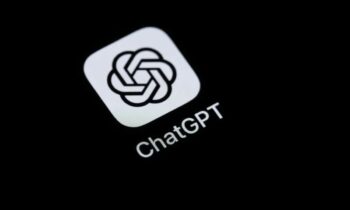
OpenAI has officially released two groundbreaking AI models, o3 and o4-mini, designed to revolutionize how users interact with artificial intelligence. These models are the first from OpenAI to combine simulated reasoning capabilities with full access to every ChatGPT tool—ranging from web browsing and coding to visual analysis and image generation.
Full Tool Access and Smarter Reasoning
Until now, models like “o3-mini” and “03-mini-high” offered limited functionality. The new o3 and o4-mini models replace earlier versions and bring full tool support, enabling users to execute complex, multistep tasks in a single prompt. These models can autonomously choose when to browse the web, run code, generate images, or analyze visuals—without any manual instruction.
OpenAI explains that this leap in functionality is due to simulated reasoning, a new capability that mimics human-like step-by-step thinking to solve intricate problems. For example, users can now ask about future energy trends in California, and the models will find relevant data, code a forecast, generate graphs, and explain their logic—all in one go.
Smarter Multimodal Understanding
One of the most exciting advancements is the models’ multimodal intelligence. They can “think with” images—understanding whiteboards, diagrams, and hand-drawn sketches, even when blurry or low-quality. This deep visual integration sets them apart from previous models like GPT-4o or GPT-4.5.
OpenAI calls these models the smartest they’ve ever released, offering better cost-efficiency and tailored use cases:
- o3 is optimized for deep analysis and advanced reasoning, ideal for research and complex queries.
- o4-mini prioritizes speed and affordability, perfect for quick, efficient AI tasks.
Availability and Access
Starting today, o3 and o4-mini are available to ChatGPT Plus, Pro, and Team users. Enterprise and Edu users will gain access next week. Free-tier users can try o4-mini by selecting the new “Think” option before sending a query.
Developers can also access these models via the Chat Completions API and Responses API, though some organizations may require verification.
A Few Naming Confusions
Despite the technological leap, OpenAI continues its trend of confusing product names—o3 is more powerful than o4-mini, despite its lower number. This, combined with similarly named models like GPT-4o, has led to some criticism regarding branding clarity.
Real-World Reactions
During the launch livestream, OpenAI President Greg Brockman said, “These are the first models where top scientists tell us they produce legitimately good and useful novel ideas.” Early reactions seem to support that. Renowned immunologist Dr. Derya Unutmaz noted that o3 was generating scientific hypotheses comparable to expert physicians and called its reasoning “near genius level.”
With these releases, OpenAI pushes the boundaries of what’s possible with AI—making advanced problem-solving, data interpretation, and creativity more accessible than ever before.



